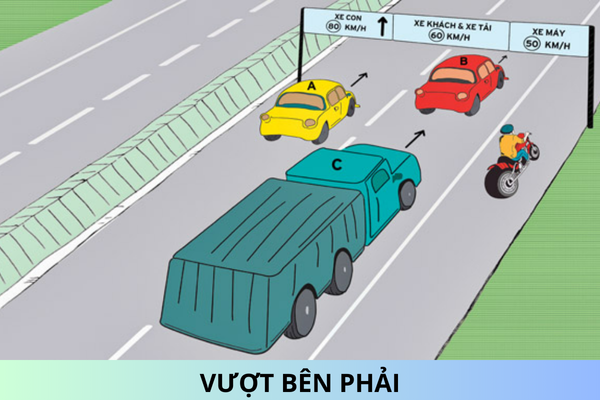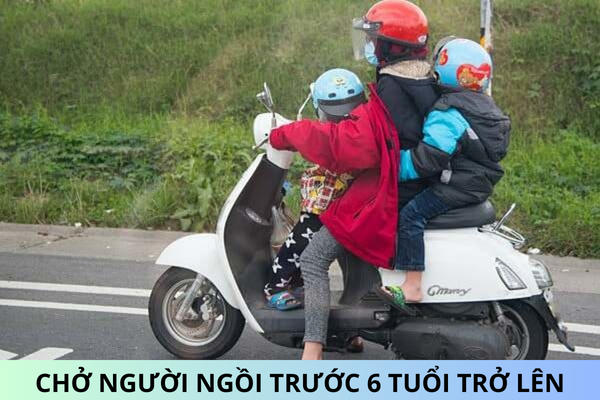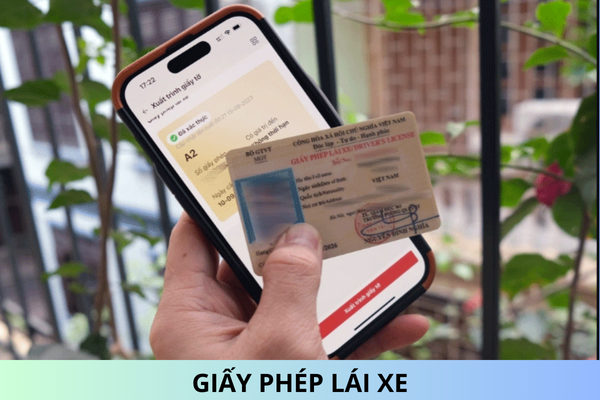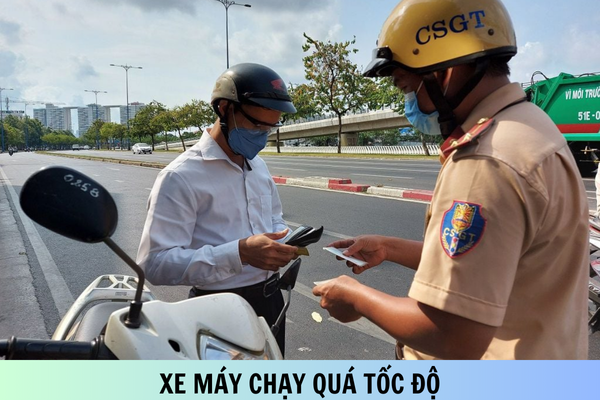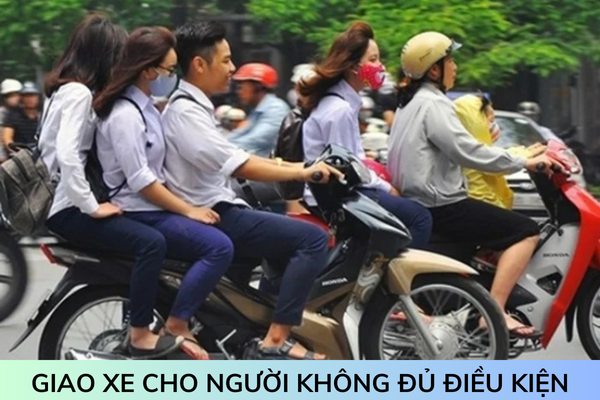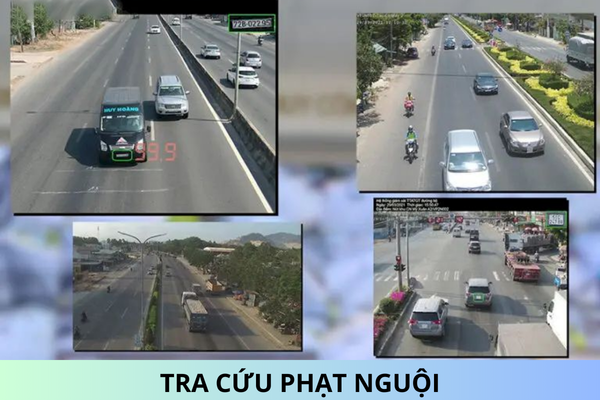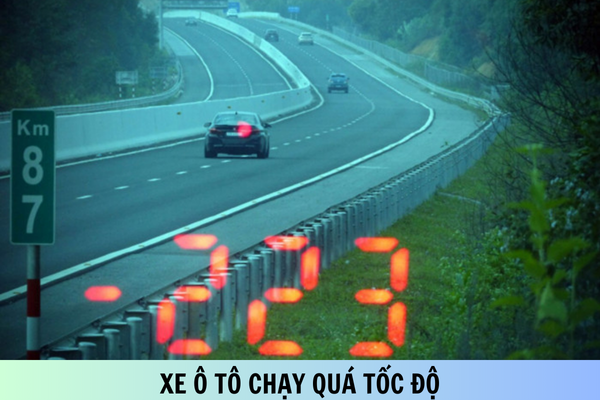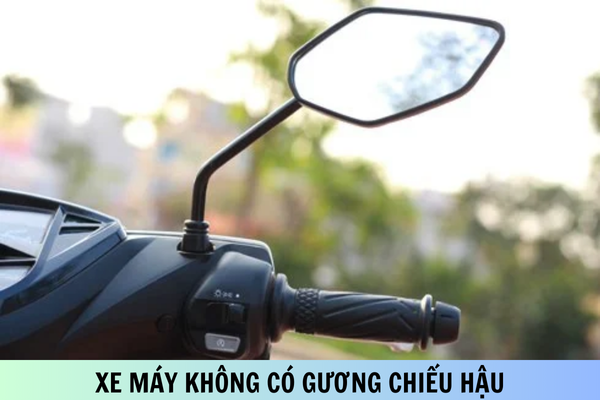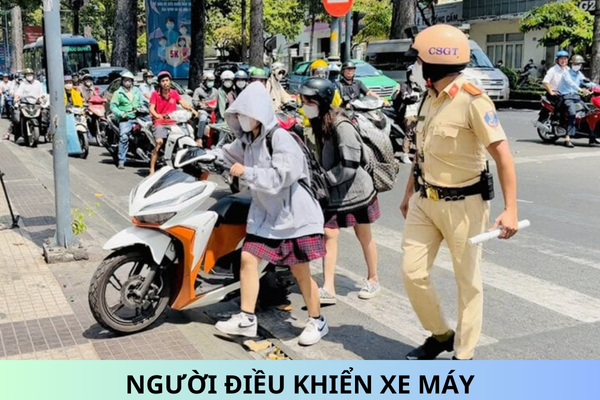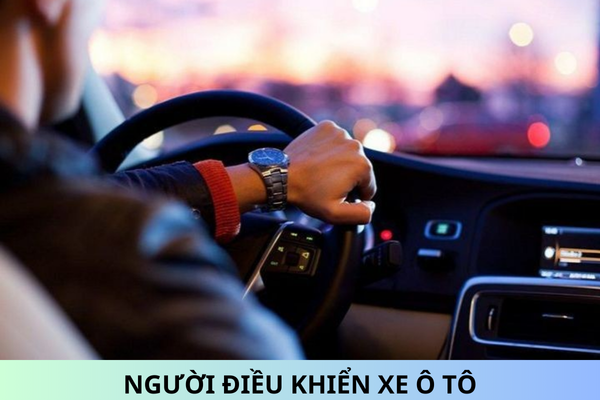What should a driver do to ensure safety when they have limited visibility in Vietnam?
What should a driver do to ensure safety when they have limited visibility in Vietnam?
Based on Article 12 of the Law on Road Traffic Order and Safety 2024 on compliance with speed regulations and safety distance in Vietnam:
Article 12. Compliance with speed regulations and safety distance
1. Drivers and operators of specialized vehicles must comply with speed regulations and maintain a minimum safe distance from the vehicle in front on the same lane or road section.
2. Operators of road traffic vehicles must ensure appropriate speeds considering bridge, road, traffic density, terrain, weather conditions, and other influencing factors to ensure safety.
3. Operators of road traffic vehicles must observe, slow down, or stop to ensure safety in the following cases:
a) At places with crosswalks or other signals for pedestrians or where pedestrians and disabled persons in wheelchairs are crossing;
b) Where there are danger warning signals or obstacles on the road;
c) Where they change traveling direction or have limited visibility;
d) At intersections at the same level with other roads or railways, at narrow roads, bends, winding roads, hill roads, slopes;
dd) At places with narrow bridges, culverts, spillways, fords, underpasses, and tunnels;
e) In areas with schools, hospitals, bus stations, public works with concentrated people, densely populated areas, markets, road construction sites, and road traffic accident scenes;
[...]
Thus, when visibility is limited, drivers must observe, slow down, or stop to ensure safety.
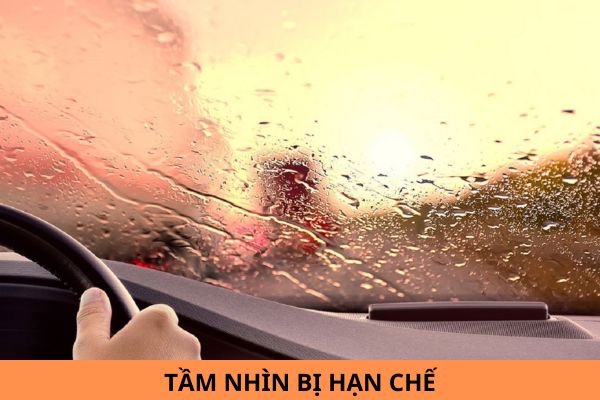
What should a driver do to ensure safety when they have limited visibility in Vietnam? (Image from the Internet)
Is a driver allowed to overtake when visibility is limited in Vietnam?
Based on Article 14 of the Law on Road Traffic Order and Safety 2024 on overtaking and yielding in Vietnam:
Article 14. Overtaking and yielding
[...]
6. It is prohibited to overtake in the following cases:
a) When conditions specified in clause 3 of this Article are not met;
b) On narrow bridges with a single lane;
c) On curves with restricted visibility;
d) On two-way roads at peaks of slopes with restricted visibility;
dd) At intersections, intersections with railways;
e) When weather conditions or the road do not ensure safe overtaking;
g) When encountering priority vehicles;
h) In pedestrian sections of the road;
i) When there are pedestrians or disabled persons in wheelchairs crossing the road;
k) In road tunnels.
Thus, when visibility is limited on curves or on two-way roads at the peaks of slopes, drivers are not allowed to overtake.
What behaviors are prohibited in road traffic in Vietnam?
Based on Article 9 of the Law on Road Traffic Order and Safety 2024 on prohibited behaviors in road traffic in Vietnam:
- Operating motor vehicles on the road without a driver's license according to the law; operating specialized vehicles on the road without a driver's license or a certificate of legal knowledge about road traffic, or without proper certification for operating specialized vehicles.
- Operating vehicles on the road while having alcohol in the blood or breath.
- Operating vehicles on the road while having illicit drugs or other banned stimulants in the body.
- Insulting, threatening, obstructing, resisting, or not complying with the commands, guidance, inspection, and control requirements of law enforcement officers ensuring road traffic order and safety.
- Racing, organizing races, inciting, aiding, or promoting illegal racing; driving vehicles recklessly, zigzagging, or continuously revving the engine.
- Holding and using phones or other electronic devices when operating vehicles moving on the road.
- Allowing persons who do not meet legal requirements to operate motor vehicles or specialized vehicles on the road.
- Bringing motor vehicles or specialized vehicles that do not meet legal safety and environmental standards, or other unqualified vehicles according to the law, to operate on the road.
- Importing, producing, assembling motor vehicles or specialized vehicles that do not meet legal safety and environmental quality standards.
- Illegally modifying vehicles; intentionally altering the mileage indicators on car odometers; illegally cutting, welding, erasing, chiseling, or re-embedding chassis numbers or engine numbers of motor vehicles or specialized vehicles.
- Intentionally altering or modifying vehicle software for registered vehicles to commit fraud in testing, trial, or inspection results; renting or borrowing vehicle parts just for inspection purposes.
- Transporting goods that exceed the vehicle's total weight, axle load, or permissible dimensions of the vehicle or road without regulatory approval; transporting goods on vehicles required to be secured but are not secured or improperly secured; transporting more passengers than permitted by law.
- Transporting prohibited goods, illegally transporting or failing to fully comply with legal regulations on transporting hazardous goods or wildlife.
- Threatening, insulting, competing for, or coercing passengers; forcing passengers to use unwanted services; transferring passengers, dropping passengers, or taking actions to evade detection of overloaded or over-crowded vehicles.
- Installing or using audio or light equipment on motor vehicles or specialized vehicles causing loss of road traffic order and safety.
- Illegally manufacturing, using, buying, or selling vehicle license plates; operating motor vehicles, or specialized vehicles with plates not issued by authorized government agencies, improperly placed plates, or plates that are bent, obscured; altering characters, numbers, colors, shapes, or sizes of plates.
- Interrupting or falsifying data from tracking devices or cameras installed on vehicles as required.
- Destroying, damaging, or disabling traffic control devices, road traffic monitoring equipment, or smart traffic management devices.
- Placing illegal obstacles or other unauthorized items on the road; scattering sharp objects or substances causing slipperiness on the road; accidentally spilling dirt, cargo, construction materials, waste on the road; spilling or discharging chemicals or waste causing road traffic safety hazards.
- Obstructing persons or vehicles on the road; throwing bricks, dirt, stones, sand, or other objects at persons or vehicles on the road.
- Taking advantage of or abusing road traffic order and safety tasks to commit violations, harass, or infringe upon the interests of the state, organizations, or individuals.
- Abusing positions, powers, or professions of oneself or others to violate road traffic order and safety laws or influence the handling of road traffic order and safety law violations.
- Using priority vehicle rights without performing duties as prescribed by law; installing or using priority signal equipment unlawfully.
- Failing to report, making false reports, or providing untrue information to avoid liability upon discovering road traffic order and safety law violations.
- Running away after causing a road traffic accident to avoid liability; intentionally not assisting road accident victims despite having the means; infringing upon the lives, health, and property of traffic accident victims, causing accidents, or those who assist, treat, or transport victims; taking advantage of road traffic accidents to assault, threaten, incite, pressure, cause disorder, or obstruct accident handling.
- Operating unmanned aerial vehicles, non-manned aircraft, or ultra-light vehicles within the road limits causing obstruction or potential threats to the safety of persons or vehicles on the road, unless permitted for unmanned aircraft or ultra-light vehicle operations.
- Other behaviors violating road traffic rules.
Note: The Law on Road Traffic Order and Safety 2024 will come into effect on January 1, 2025.
